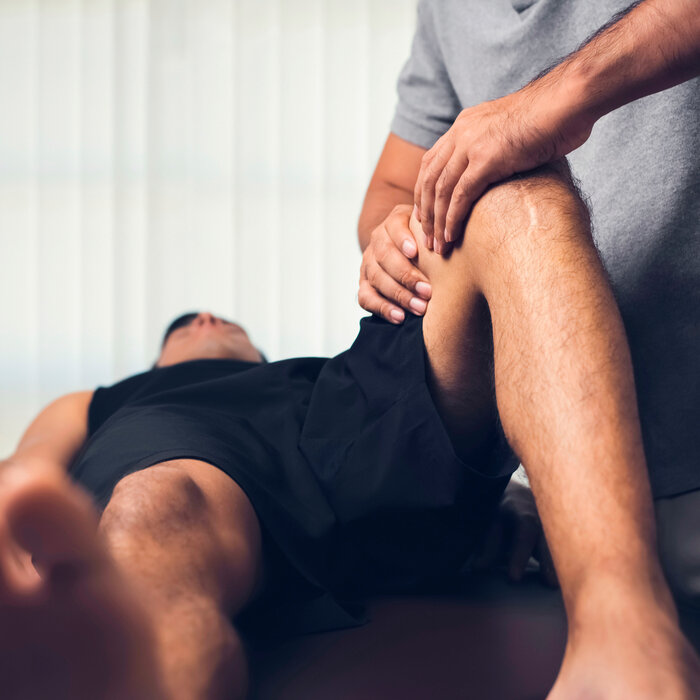Treatment
Treatment methods
There are various options for the treatment of a cruciate ligament rupture. The decision depends on various factors, such as the age and activity level of the person concerned. Options comprise treatment without surgery; surgery with preservation of the cruciate ligament; and surgery with reconstruction of the cruciate ligament. Each method has its advantages and limitations.
The procedure can be performed as soon as the swelling has subsided. During surgery, the torn ligament is usually completely removed. The replacement ligament is anchored in the femur and tibia.
The rehabilitation phase is similar to the procedure with the Ligamys implant. Work can be resumed after about three weeks. After six months light sport should be possible again, while contact sport with changes of direction is possible again after nine months at the earliest.
![[Translate to English:] [Translate to English:]](/public/_processed_/e/9/csm_Ligamys_S_im_Knochen_019865c5d5.png)
![[Translate to English:] [Translate to English:]](/public/_processed_/9/9/csm_iStock_000051343526_XXXLarge_c24b230a26.jpg)
